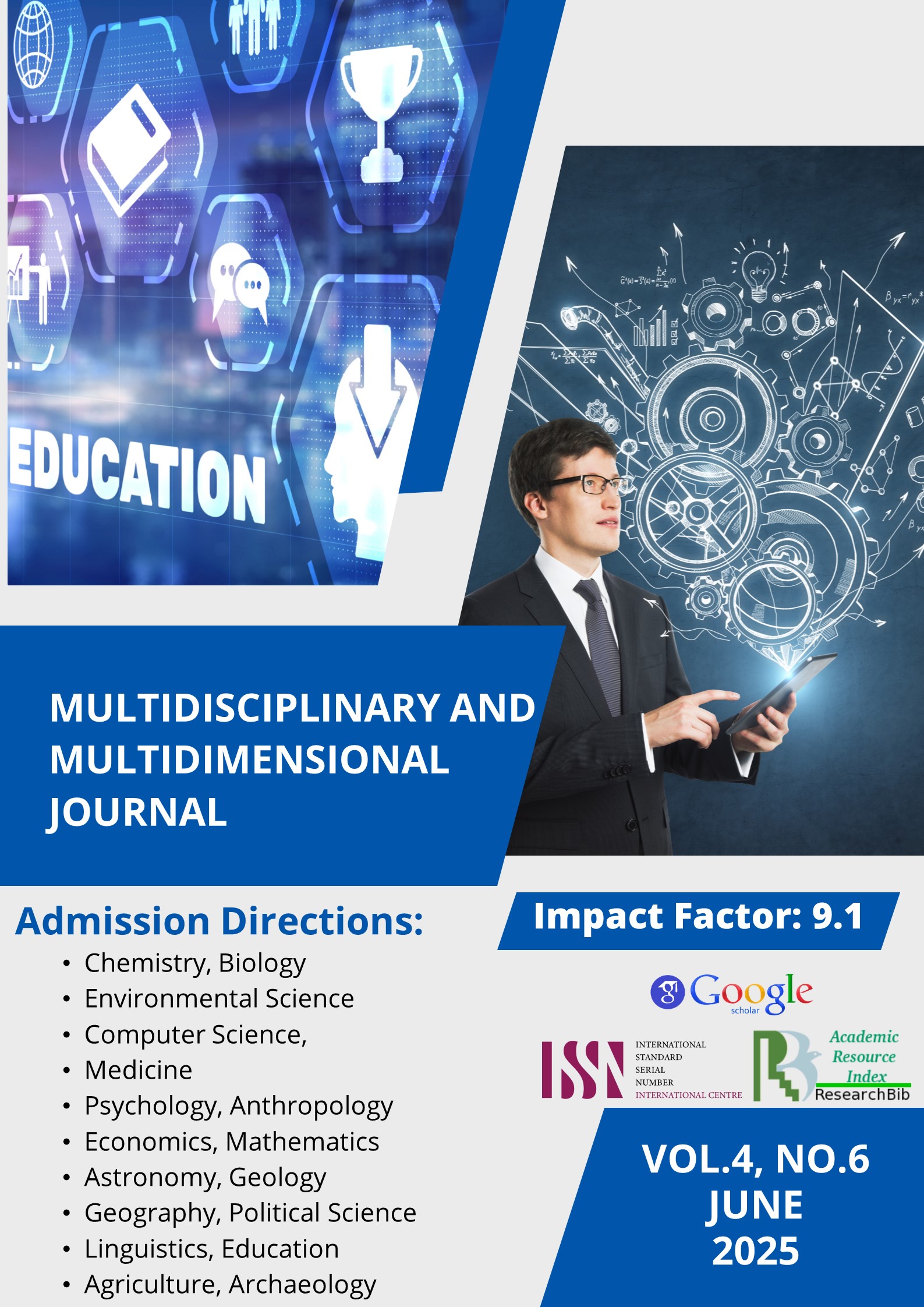GAMIFICATION IN FOREIGN LANGUAGE CLASSROOMS: MOTIVATION AND LEARNING OUTCOMES
Abstract
This article investigates the impact of gamification on student motivation and learning outcomes in foreign language (FL) classrooms. As digital tools and game-based learning principles gain traction in education, gamification has emerged as a strategy to enhance learner engagement and promote active participation. This paper examines theoretical foundations of gamification, outlines effective game-based strategies, and presents empirical findings from classroom research. The results suggest that gamification not only increases learner motivation but also contributes positively to vocabulary retention, communicative competence, and collaborative learning when integrated thoughtfully within pedagogical frameworks.
References
Deci, E. L., & Ryan, R. M. (2000). The "what" and "why" of goal pursuits: Human needs and the self-determination of behavior. Psychological Inquiry, 11(4), 227–268.
Deci, E. L., Koestner, R., & Ryan, R. M. (2001). Extrinsic rewards and intrinsic motivation in education: Reconsidered once again. Review of Educational Research, 71(1), 1–27.
Deterding, S., Dixon, D., Khaled, R., & Nacke, L. (2011). From game design elements to gamefulness: Defining gamification. In Proceedings of the 15th International Academic MindTrek Conference (pp. 9–15). ACM.
Gee, J. P. (2003). What Video Games Have to Teach Us About Learning and Literacy. New York: Palgrave Macmillan.
Karimova, S. V. (2023). Innovative forms of organizing an English lesson. Science and Education, 4(6), 655-659.
Krashen, S. D. (1982). Principles and Practice in Second Language Acquisition. Oxford: Pergamon.
Muntean, C. I. (2011). Raising engagement in e-learning through gamification. In Proceedings of the 6th International Conference on Virtual Learning (pp. 323–329).
Reinders, H., & Wattana, S. (2015). The effects of digital game play on second language interaction. International Journal of Computer-Assisted Language Learning and Teaching, 5(1), 1–21.











